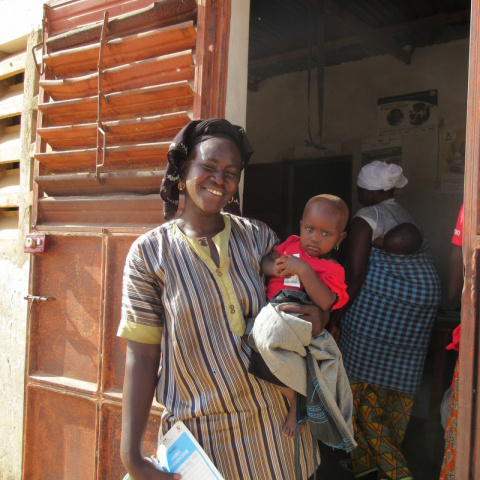USAID Advancing Nutrition draws together global nutrition experience to design, implement, and evaluate programs that address the root causes of malnutrition. Working across and through varied sectors, we provide technical support to and implementation of nutrition interventions for USAID and its partners to address the root causes of malnutrition. We also provide technical assistance to USAID to support the implementation of the Multi-Sectoral Nutrition Strategy 2014-2025 in the many countries where USAID works.
Explore our Technical Area Spotlights featuring research and tools from USAID and USAID Advancing Nutrition that can help you adopt proven approaches to reduce malnutrition.





